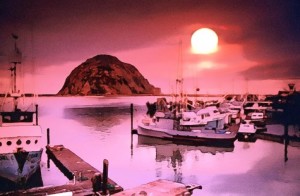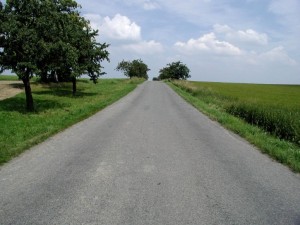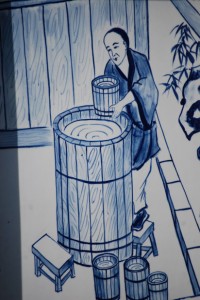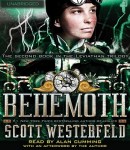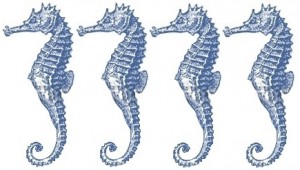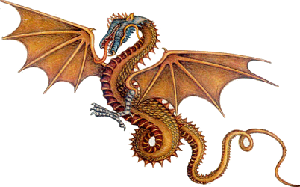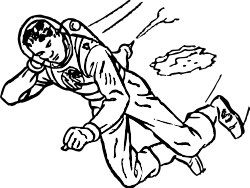Some time ago I blogged about historical fiction, but today I thought I’d discuss Alternate History fiction, or AH. In this genre, the author supposes some historical event turned out differently and it affected all subsequent history; the story then takes place in that altered world. Other names for this genre are Uchronia, Allohistory, and Counterfactuals.
To find out more about AH definitions and terms, go to this great site. For lists of AH stories to read, go here, where they’re listed not only by author name, but also by the date of historical divergence. The Uchronia.net organization also issues an annual Sideways Award for the best AH fiction.
The alternatehistory.com site distinguishes AH from other genres, such as Secret History, Future History, Time Travel, and Parallel World stories. Many of my short stories are Secret History, where the altered event does not affect subsequent history. I would classify my stories “Alexander’s Odyssey,” “The Sea-Wagon of Yantai,” “The Vessel,” “The Steam Elephant,” “The Wind-Sphere Ship,” and “Leonardo’s Lion” as Secret Histories. More about that genre in a future blog entry.
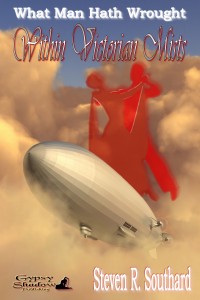 My story “Within Victorian Mists” is AH, since it features a Nineteenth Century inventor coming up with lasers and holograms, and demonstrating them on a large scale. I chose to have the story take place at the Point of Divergence (PoD), but I could have set the story at some later time.
My story “Within Victorian Mists” is AH, since it features a Nineteenth Century inventor coming up with lasers and holograms, and demonstrating them on a large scale. I chose to have the story take place at the Point of Divergence (PoD), but I could have set the story at some later time.
Would you like to write an AH story? Here are some steps you might follow:
1. Choose the Point of Divergence. Select a historical event and imagine it turned out some other way. Many people choose wars, since much is known about them and they have clear and significant influences on history. Instead, I generally choose events associated with technological development. I suggest you avoid the over-used events such as World War II and the American Civil War, or come up with a unique take on these. Consider opting for a time in history you’ve studied to some extent. It’s a good idea to select a plausible outcome for the event, or come up with an explanation that makes it plausible. Having the Incas sail east to conquer Spain, for example, would take some explaining.
2. List as many consequences for the new historical outcome as you can. How would this altered event affect national boundaries, culture, language, technology? What subsequent events might happen as a result? Start to map out a logically consistent chronology of subsequent history along the most probable and plausible lines.
3. Figure out when and where to set your story. It can take place around the time of the PoD or relatively long after. For a story set long after the PoD, keep in mind no empire lasts forever, and cultures and languages always change.
4. Write the story as you would any other, with engaging characters, vivid settings, tight plots, a conflict for your protagonist to resolve, and the aim of passing the So What? test. The story can be a romance, steampunk, western, horror, mystery, or anything, really, but it must take place in the alternate world you’ve created. You need to be consistent with the norms of that world. There’s no need to show the reader the PoD, or even refer to it in the story, so long as the reader can understand it from context.
5. Avoid the AYKB trap. Also resist the urge to have characters speculate on how things might have been if the PoD event had turned out differently.
AH is a fun genre, with infinite possibilities and good readership. Did this blog entry help you understand how to write an AH story? Do you disagree with things I’ve stated here? Leave a comment and let me know. In the meantime, there’s a new version of the past about to be written by–
Poseidon’s Scribe

